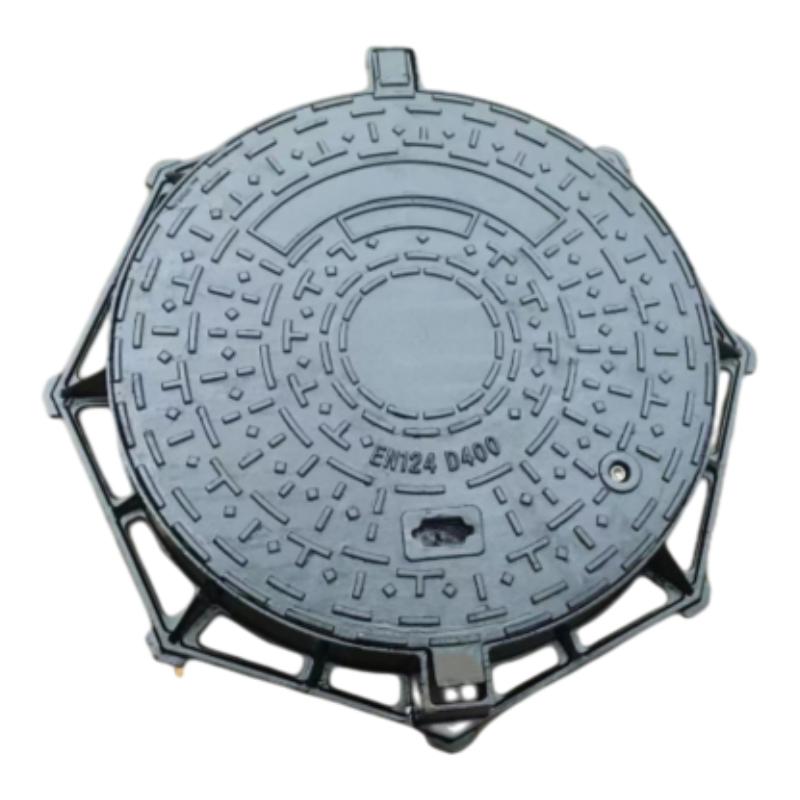Steps for Properly Installing a Manhole Cover and Ensuring Safety and Longevity
Installing a Manhole Cover A Comprehensive Guide
Manhole covers are an essential component of urban infrastructure, providing access to underground utilities while ensuring safety for pedestrians and vehicles above. The installation of a manhole cover, while seemingly straightforward, requires careful consideration and adherence to established procedures to ensure durability and functionality. This article outlines the key steps and considerations in the process of installing a manhole cover.
Understanding the Components
Before installation begins, it is important to understand the key components involved. A typical manhole cover consists of a heavy cast iron or composite material lid, a frame that holds the cover in place, and sometimes a sealing mechanism to prevent debris and water ingress. The cover must fit securely within the frame to prevent it from being dislodged by traffic or environmental factors.
Preparation and Planning
The first step in the installation process is thorough planning. This includes assessing the specific site where the manhole cover will be installed. Factors such as the expected traffic load, surrounding environment, and accessibility for maintenance must be evaluated. It is crucial to ensure that the chosen cover complies with local regulations and standards for load-bearing capacity.
Excavation and Subgrade Preparation
Once planning is complete, the next step is excavation. The area around the existing manhole should be carefully dug out to expose the structure beneath. The depth and diameter of the excavation must allow for the proper fitting of the frame and cover. The subgrade, or the bottom of the excavation, should be firm and level. If the existing subgrade is unstable, it may be necessary to add a layer of compacted gravel to create a solid foundation.
Installing the Frame
installing a manhole cover

With the excavation complete, the next phase involves installing the frame. The frame is often secured into place with concrete, ensuring that it is both level and aligned with the surrounding pavement. This step is critical; an uneven frame can lead to issues such as water pooling or cover displacement. It is advisable to use a spirit level during installation to guarantee accuracy.
Positioning the Manhole Cover
After the frame is secured, the manhole cover can be positioned atop the frame. It is important to align the cover correctly, ensuring that it fits snugly within the frame without any excessive gaps. In some cases, a lubricant may be applied to enhance the sliding action of the cover when it needs to be removed for maintenance purposes.
Sealing for Longevity
To ensure longevity and reduce the risk of debris entering the manhole, it is advisable to apply a sealant around the edges of the frame and cover. This will help secure the cover in place, prevent rattling from vehicle traffic, and limit ingress of dirt and moisture.
Final Checks and Maintenance Considerations
After installation, it is vital to conduct a final inspection. Ensure that the cover opens and closes smoothly and that there are no misalignments. Regular maintenance checks should be scheduled to monitor the condition of the manhole cover and frame, particularly in high-traffic areas.
In conclusion, while installing a manhole cover may seem like a simple task, it requires careful planning, precision, and attention to detail. By following the above steps, one can ensure that the installation is successful, safe, and durable. Properly installed manhole covers not only serve their purpose effectively but also contribute to the overall safety and functionality of urban environments.
-
Repair Clamp Load Capacity SpecsNewsJul.25,2025
-
Outdoor Furniture Material Selection GuideNewsJul.25,2025
-
Manhole Cover Load Capacity SpecsNewsJul.25,2025
-
Man Hole Cover Frame Design Standards AnalysisNewsJul.25,2025
-
Gully Grate Material Selection GuideNewsJul.25,2025
-
Gate Valve Types Maintenance RequirementsNewsJul.25,2025
-
The Smarter Choice for Pedestrian AreasNewsJun.30,2025
